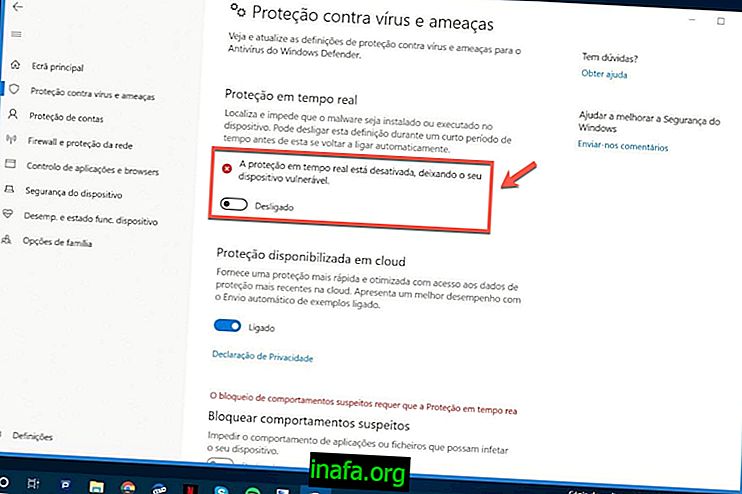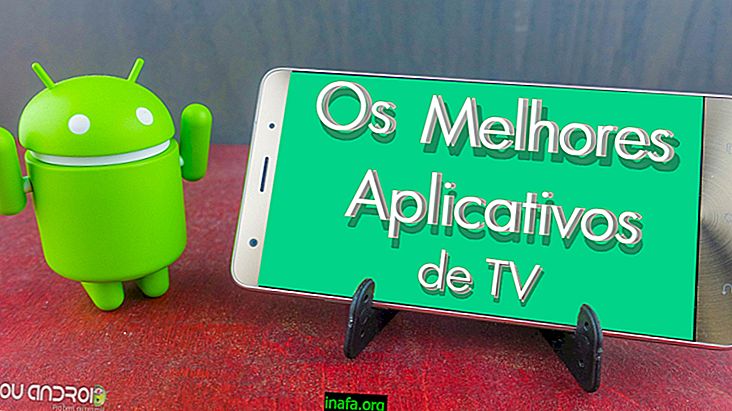5 reasons your smartphone doesn't have Android Nougat
With Android Nougat coming out a year ago, of course it can be hard to understand why so many smartphones have not yet received this version of the operating system. In fact, there are still many handsets that are only getting Android Marshmallow now, after 2 years of being made available by Google.
Unfortunately, there are many reasons for this to happen even when the smartphone seems to be powerful enough to handle a new version of Android. And most of the time you really can't do anything but wait for the system to be available. To find out some of the main reasons why your device doesn't have the new Android yet, just check out our article below!
1. Manufacturers need to modify Android

You may have heard of this, but only smartphones get the pure, unchanged version of Android, while all other phones have a modified system.
This is because it is much more expensive to put Google-powered Android on a device than simply modifying it and paying a lower fee. Often this process may take some time, but it does not mean that your device will not receive the update, just stay tuned for the news.
In addition, each manufacturer's entire adaptation process involves driver development and even application and device modification to customize their interface and make them offer unique features as a competitive differentiator.
It is also worth remembering that manufacturers initially focus on newer and recently launched handsets of course, leaving the older ones in the background during this procedure. As you can imagine, this procedure takes a long time to complete by each manufacturer.
2. Manufacturers Decide Who Will Receive the Update
Another responsibility of smartphone makers is deciding which of their devices will receive the Android update. Generally, they are more concerned with making the system available in models that are really popular and that sell millions of units around the world.
Another factor these companies consider is which of their devices is powerful enough to run a recent version of the operating system and its features. Because individual optimization of multiple models can be quite costly, companies like LG, Lenovo and Samsung prefer to leave multiple devices without the update.
For manufacturers, it is more worthwhile to ensure that these upgrades are only available on models that really have enough processing power to use them, avoiding the dissatisfaction of their customers due to problems such as crashes, slowness, among others.
3. It takes to arrive in certain countries
Unfortunately, there is also some delay in the arrival of new versions of Android in certain countries. Motorola itself has once stated that this is due to testing on devices in some regions, which may be easier and faster than elsewhere.
This may also depend on the collaboration of the operators, something we talked about in more detail in the topic below. Considering the history of previous updates, we can say that Brazil is one of the countries that may take a little longer to receive these updates, but it is far from being one of the slowest in this process.
4. Problems with carriers

As we mentioned above, mobile operators themselves can be a problem when bringing a major update to your smartphone. This ends up being an additional layer in the whole process of making a new update available.
This is especially true because carriers also need to make certain modifications to Android before releasing the update. This type of thing is most common when you buy a device directly from your service provider, as these models often have custom features or apps from that service provider.
5. Rooted Devices
Finally, another reason many people don't receive an update is that they have modified their own smartphones. Nowadays it is common for people to root their devices, because the process is more harmless and can be very useful.
In these cases, the phone simply becomes unreadable to receive official updates, but you can still install Android Nougat manually if it is available for your device. Since the process is so different for each existing model, it is recommended that you search for a safe way to do this for your specific smartphone.
Your device hasn't received Android Nougat yet?
Could you take a look at our list to find out why so many smartphones have not received Android Nougat? So don't forget to leave your comment telling us what you think and if your device already has the update.



